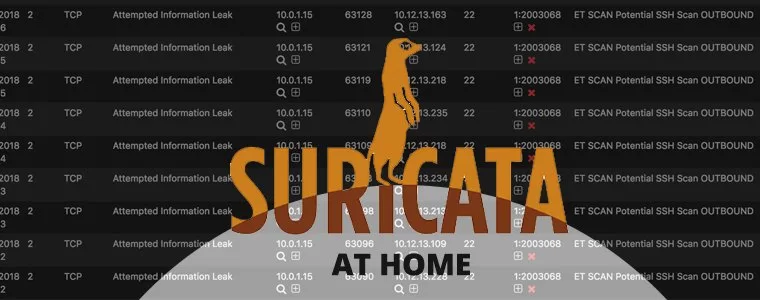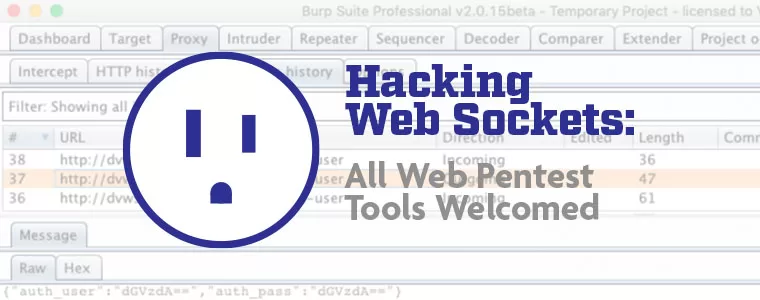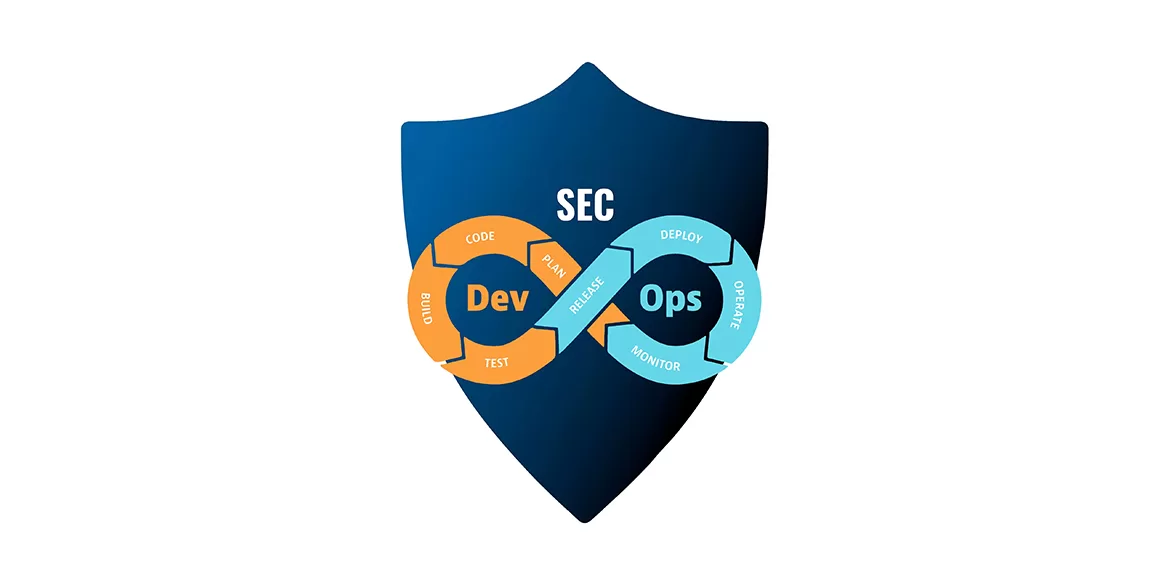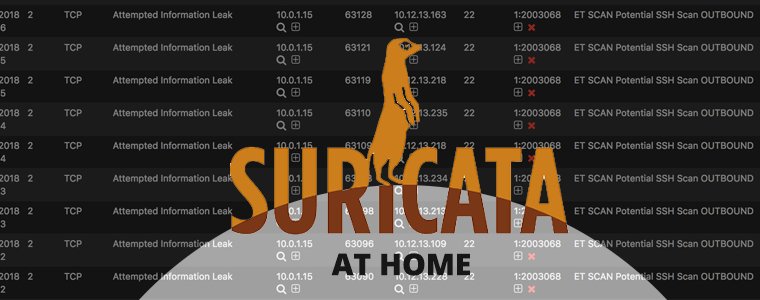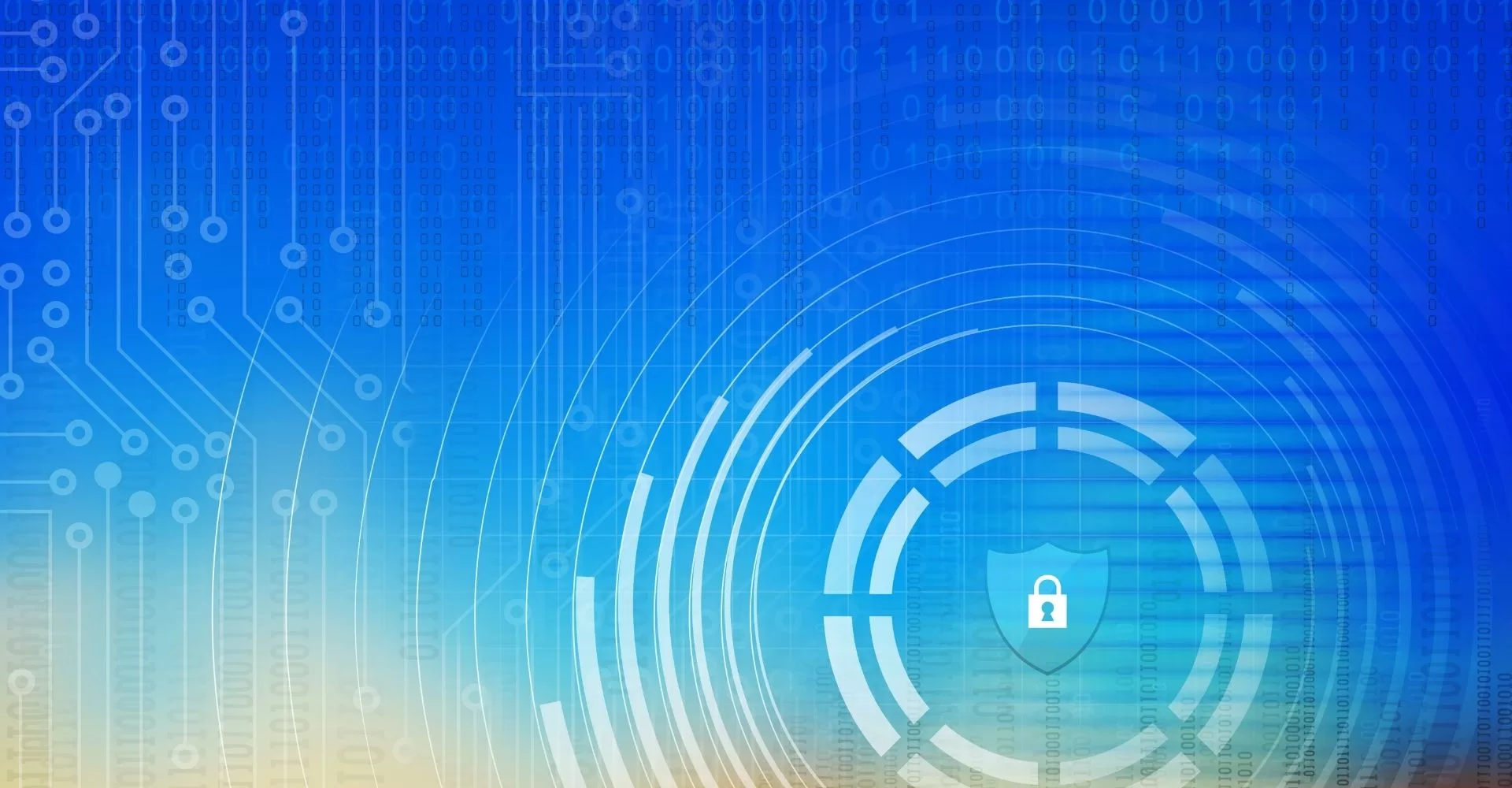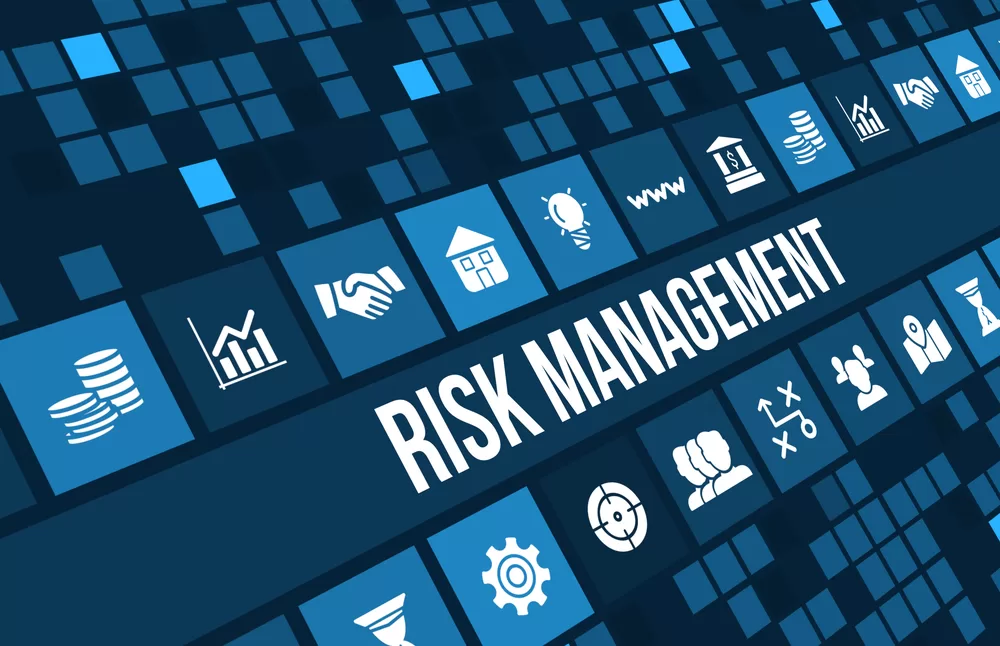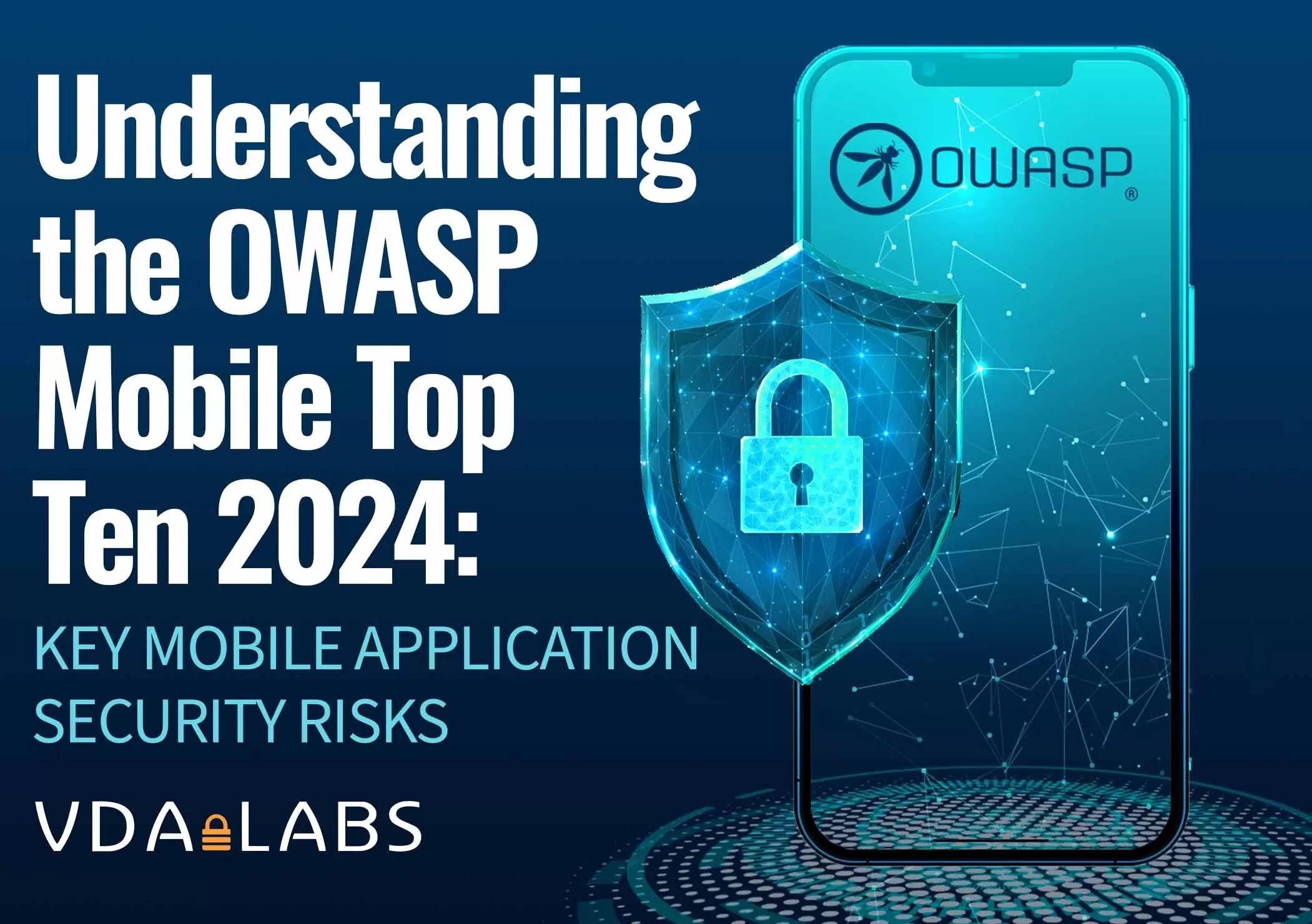
Understanding the Security Operations Center (SOC)
At the Core of Cybersecurity Strategy
A Security Operations Center (SOC) serves as a centralized hub responsible for monitoring, detecting, responding to, and mitigating security incidents.
Real-Time Threat Detection and Response
SOCs employ advanced technologies and threat intelligence to monitor network activity in real time, allowing for rapid identification and response to potential security incidents.
Incident Investigation and Forensic Analysis
Equipped to conduct thorough investigations and forensic analysis, SOCs scrutinize log data and tactics of attackers to resolve security incidents and refine overall security posture.
Continuous Improvement through Threat Intelligence
Leveraging threat intelligence feeds, SOCs proactively adjust security measures to stay ahead of the evolving threat landscape, ensuring organizational resilience.
Collaboration and Communication
SOCs facilitate collaboration and communication within organizations, ensuring alignment in understanding the threat landscape and collective response to emerging challenges.
Unlocking the Power of Security Information and Event Management (SIEM)
Centralized Log Management
SIEM systems aggregate log data from diverse sources, streamlining monitoring and allowing for holistic views of the IT environment.
Advanced Correlation and Analysis
By correlating disparate information, SIEM systems distinguish normal activity from suspicious behavior, empowering real-time threat detection and response.
Automated Alerts and Notifications
SIEM systems automate alert generation based on predefined rules, accelerating response time and minimizing the impact of potential threats.
Compliance and Reporting
SIEM systems streamline compliance efforts by generating comprehensive reports demonstrating adherence to security policies and regulatory standards.
The Synergistic Impact of SOC and SIEM on Network Security
Real-Time Threat Intelligence Integration
SOCs leverage SIEM-provided threat intelligence to enhance monitoring capabilities, ensuring alignment with the latest threat landscape.
Incident Response Collaboration
SOCs and SIEMs collaborate during incident response, streamlining efforts for faster and more effective resolution of security incidents.
Continuous Monitoring and Adaptive Defense
SIEM’s continuous monitoring complements SOC’s proactive nature, enabling dynamic defense strategy adjustments against known and emerging threats.
Data-Driven Decision Making
The combination of human and machine intelligence enables well-informed decision-making processes, from incident response actions to long-term security strategy adjustments.
Achieving Holistic Network Security
The synergy between SOC and SIEM is pivotal in achieving holistic network security, creating a comprehensive defense strategy that detects, responds to, and adapts against cyber threats. As organizations navigate digital threats, the integration of SOC and SIEM emerges as a dynamic duo fortifying network security in an ever-changing threat landscape.

